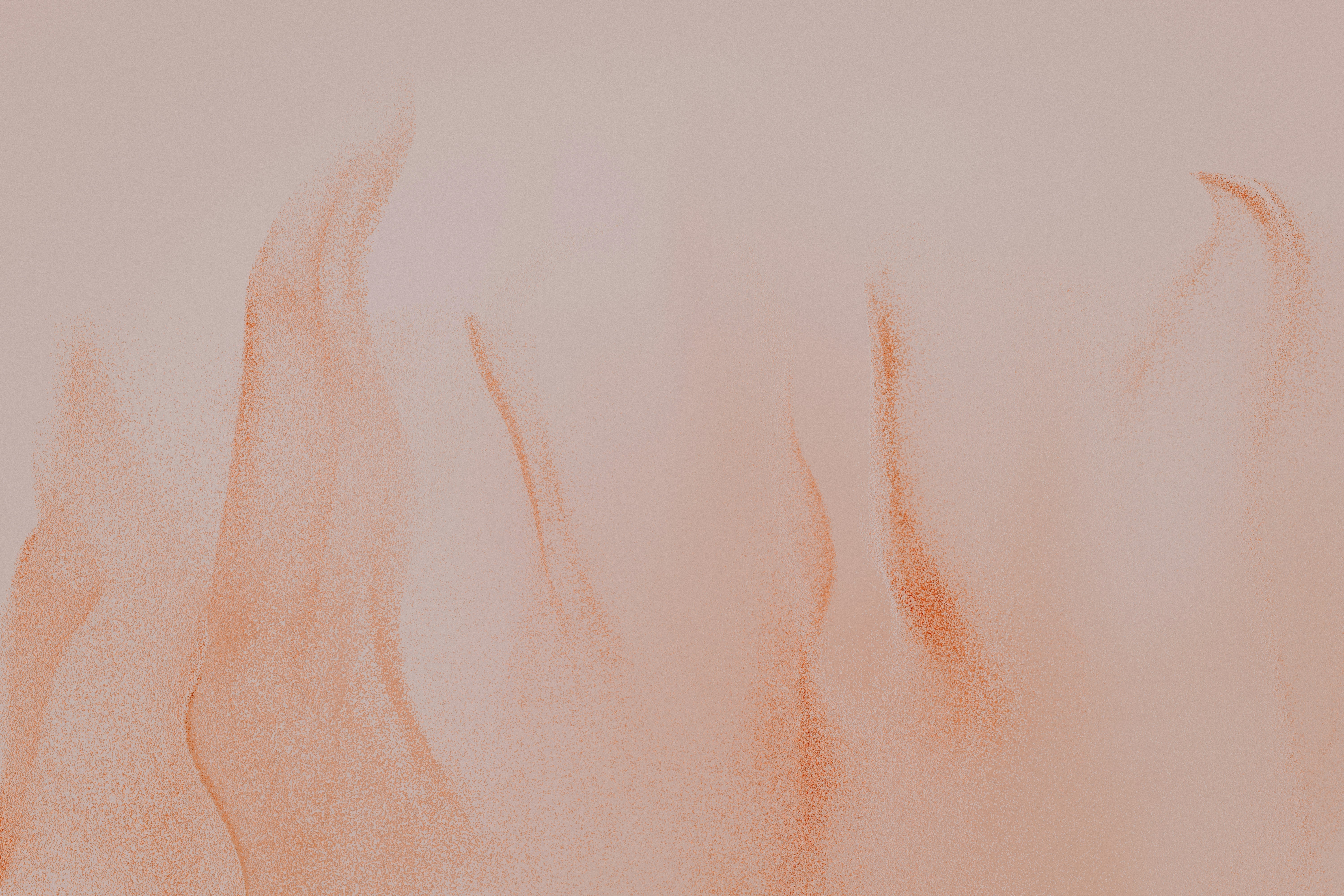While this article offers valuable insights for everyone, it may be especially helpful for those navigating allergies, hormonal imbalances, or general health challenges. As we explore the world of plant compounds, we see how deeply nature supports human vitality. With curiosity and reverence, we can incorporate these allies—like quercetin—intentionally to elevate our wellness.
What Is Quercetin?
Quercetin is a naturally occurring plant flavonoid found in:
-
Onion skins
-
Capers
-
Garlic
-
Dill
-
Cilantro/coriander (Coriandrum sativum)
-
Fennel
-
Elderberries
-
Bee pollen
-
Okra
It also occurs in many flowers, fruits (e.g., apples and berries), tea, wine, stems, bark, and roots [1].
Quercetin is best known for easing seasonal allergy symptoms, but it also offers anti-inflammatory, antithrombotic, and antitumor properties [2, 3]. In short, it’s a potent plant compound with a wide range of systemic benefits.
The Bioavailability Factor
Naturally occurring quercetin is only about 5% bioavailable. That’s why we formulated QuercElite® with a broccoli seed complex—to enhance its absorption and allow it to cross cell membranes, making it faster and more effective.
What Are Histamines?
Histamines are chemicals produced primarily by mast cells—a type of white blood cell—as part of your immune system's response to allergens and environmental triggers. But their role goes far beyond allergies.
Histamines also influence:
-
Digestion
-
Hormonal balance
-
Neurological signaling
Dr. Jolene Brighten explains that mast cells have estrogen receptors. When estrogen binds to these, more histamine is released—especially in the uterus. If you’re estrogen dominant, histamine production can spike, contributing to symptoms like PMS, cramping, and headaches [5].
Common Histamine-Related Symptoms
-
Digestive issues (bloating, reflux)
-
Runny nose or nasal congestion
-
Skin rashes or hives
-
Brain fog
-
Joint pain or inflammation
-
Dizziness or rapid heart rate
-
Fatigue or low blood pressure
-
Shortness of breath
What Triggers Histamine Release?
-
Poor air quality
-
High pollen, dander, or mold exposure
-
Gut microbiome imbalances
-
Heavy metal toxicity
-
Physical or emotional stress
-
Infections (viral or bacterial)
-
DAO-blocking medications (DAO = enzyme that breaks down histamine in the gut)
-
Sudden temperature changes
-
Insect bites
-
Chemical toxins
-
Certain supplements or foods
Foods High in Histamines
If you’re experiencing histamine overload, temporarily reducing the following may help:
-
Fermented foods (kombucha, sauerkraut, kimchi, miso)
-
Aged dairy
-
Gluten or yeast-containing foods
-
Shellfish
-
Smoked or cured meats
-
Alcohol
-
Citrus fruits (orange, lemon, lime, grapefruit)
-
Vinegars
-
Leftovers
Note: Everyone’s histamine tolerance is different. Use this list as a guide, not a restriction.
How Quercetin Helps with Histamines
One of quercetin’s most important features is its ability to inhibit histamine release from mast cells [2]. That makes it a natural antihistamine, offering relief without drowsiness or side effects common to synthetic drugs.
Studies have shown that quercetin is more effective than cromolyn, a pharmaceutical mast cell stabilizer, at blocking inflammatory cytokines like IL-8 and TNF [4].
It also significantly improves symptoms like:
-
Sneezing
-
Eye itching
-
Nasal discharge
-
Sleep disruption from allergies [6]
In pilot clinical trials, quercetin reduced contact dermatitis and photosensitivity—skin conditions that often don’t respond to conventional treatments [4].
The PMS–Histamine Connection
For menstruating individuals, histamine plays a role in uterine contractions and lining shedding. If your histamine load is already high, this natural rise can cause:
-
Excessive cramping
-
Headaches
-
Fatigue
-
Irritability
If this sounds familiar, supporting your body with bioavailable quercetin during your cycle may help balance this inflammatory response [10].
Other Benefits of Quercetin
Quercetin’s influence goes beyond histamines. Research supports its ability to:
-
Reduce oxidative stress, improving cellular health and longevity [7]
-
Calm inflamed skin and support acne-prone complexions [8]
-
Protect against age-related decline [9]
-
Modulate immune responses and inflammation long-term
Final Thoughts
Quercetin is more than a natural antihistamine—it’s a multifunctional powerhouse that supports allergy relief, hormone balance, immune health, skin clarity, and even longevity. When paired with enhanced bioavailability like in QuercElite®, it becomes one of the most effective tools to reclaim your vitality—naturally.







1 Comment
Can you take Brocolite and the quercetin supplement together? I’m in remission and was diagnosed 2 years ago with a HER2+ (3+) HR – breast cancer and need to be cautious what I take.
Thx for your understanding,
Lucu
———
BrocElite replied:
Hi Lucy, thanks for asking this! I’m also a cancer survivor (9 years!) and so I understand your caution. Yes, BrocElite and QuercElite can be taken together and, in fact, they even work better when taken together due to their synergy. You can expect enhanced results related to detox and histamine issues when combining both.